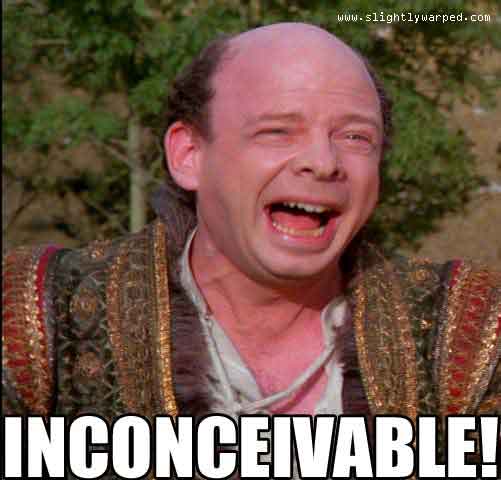Based on our interviews, at least, it appears NFL teams are shifting their defensive priorities to compensate. Pass rush now dwarfs coverage in terms of importance, but teams are emphasizing coverage skills at supplementary positions more than ever, especially at linebacker and safety, in the draft. "We can have all the DBs we want," said Houston Texans coach Gary Kubiak, "but if we can't make the quarterback get rid of the ball, it doesn't matter. So [it] starts with pass rush all the time."
"Defenses have to find a way to get pressure on the quarterback with only four pass-rushers," an NFC executive said. "If you're sending linebackers or defensive backs as blitzers, you're going to get torn apart." That's true especially when facing elite or near-elite quarterbacks who understand the vulnerabilities of various blitz packages. So what's the answer? For obvious reasons, coaches were loath to discuss schematic solutions, but Kansas City coach Romeo Crennel added some context for how a successful 2012 pass-first defense could be deployed.
A competitive defense in this era, Crennel said, must employ above-average coverage skills at most, if not all, of the seven of the linebacker/defensive back positions. They must work in tandem with a pass rush that doesn't need more than five players to put pressure on opposing quarterbacks.
"You have to be able to cover," Crennel said. "You’ve got to have guys that can cover. So you're looking at corners that can cover, linebackers that can cover and even safeties that can cover. And not only zone safeties but safeties that can go man-to-man. Because you have to be able to mix man in there. So I think that’s the biggest thing, particularly the linebackers … So I think you see defenses transitioning from being those run-stopping defenses where you put eight guys in the box to spreading things out, matchups, doubling more receivers, and then those linebackers have to be able to cover. Because if they can't cover, they're going to get isolated."
Therein lies another problem. How many NFL linebackers can be counted on to cover receivers or even the newest generation of tight ends? There aren't enough to go around, that's for sure.
In the end, a handful of teams could assemble enough players with coverage skills and match it with an active pass rush to give quarterbacks more fits than most opponents. But can anything curtail the larger trend? NFL coaches and executives cast serious doubt on that question. One compared the current combination of factors to the impact of baseball lowering its pitching mound in 1969 to boost batting averages.




















